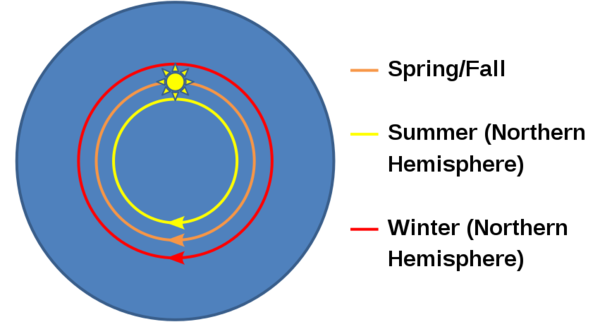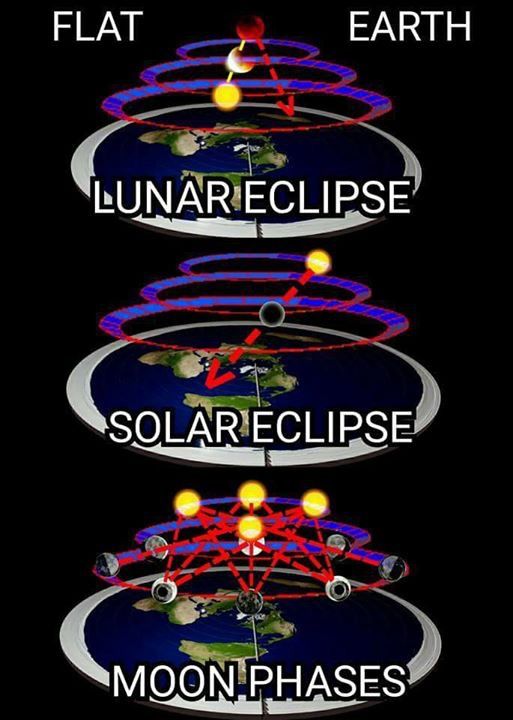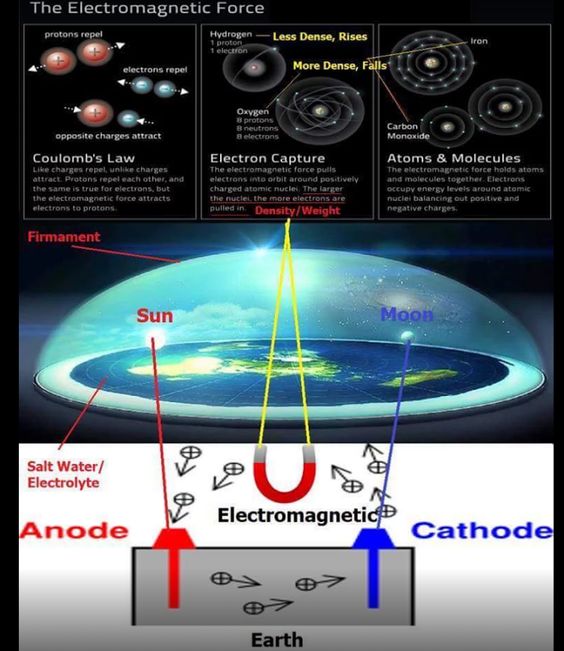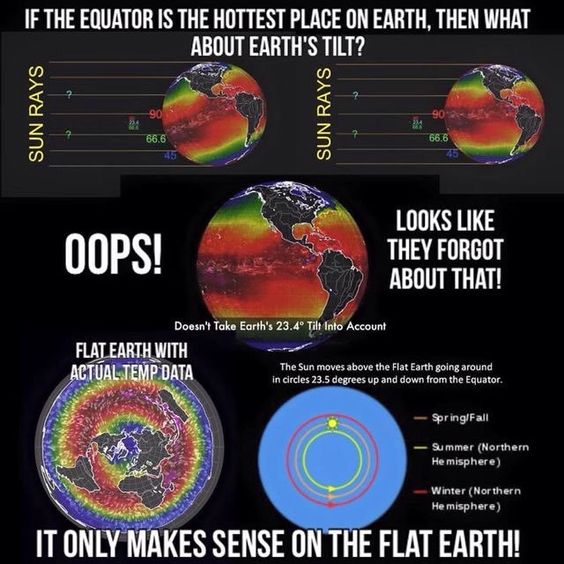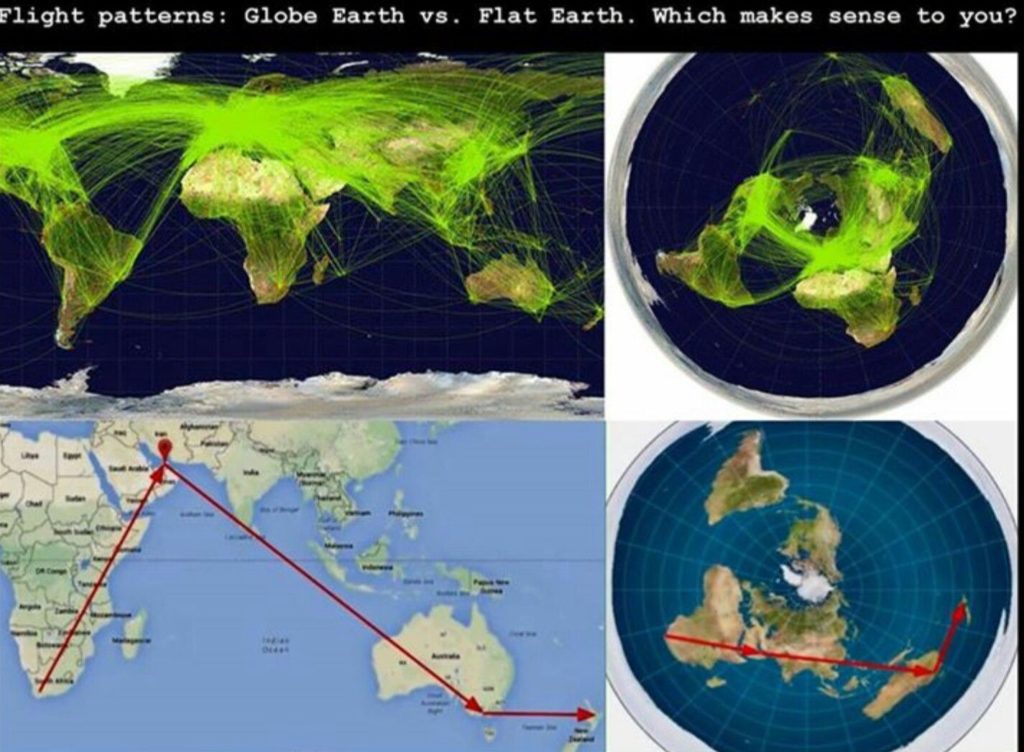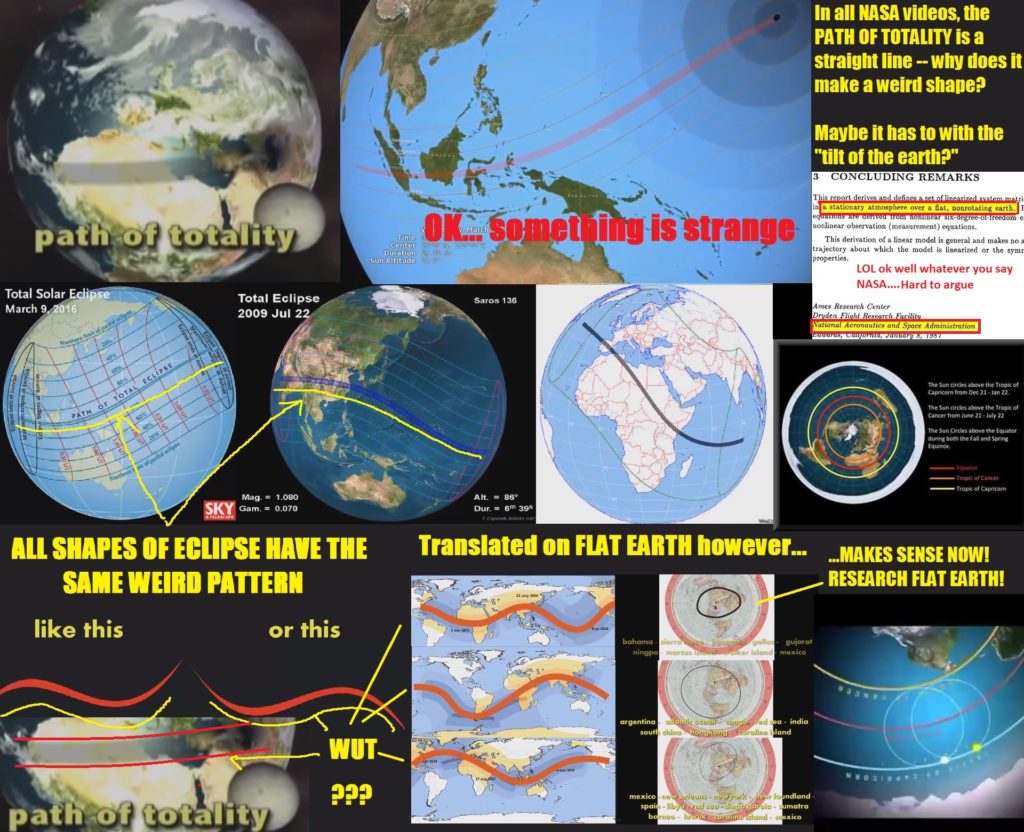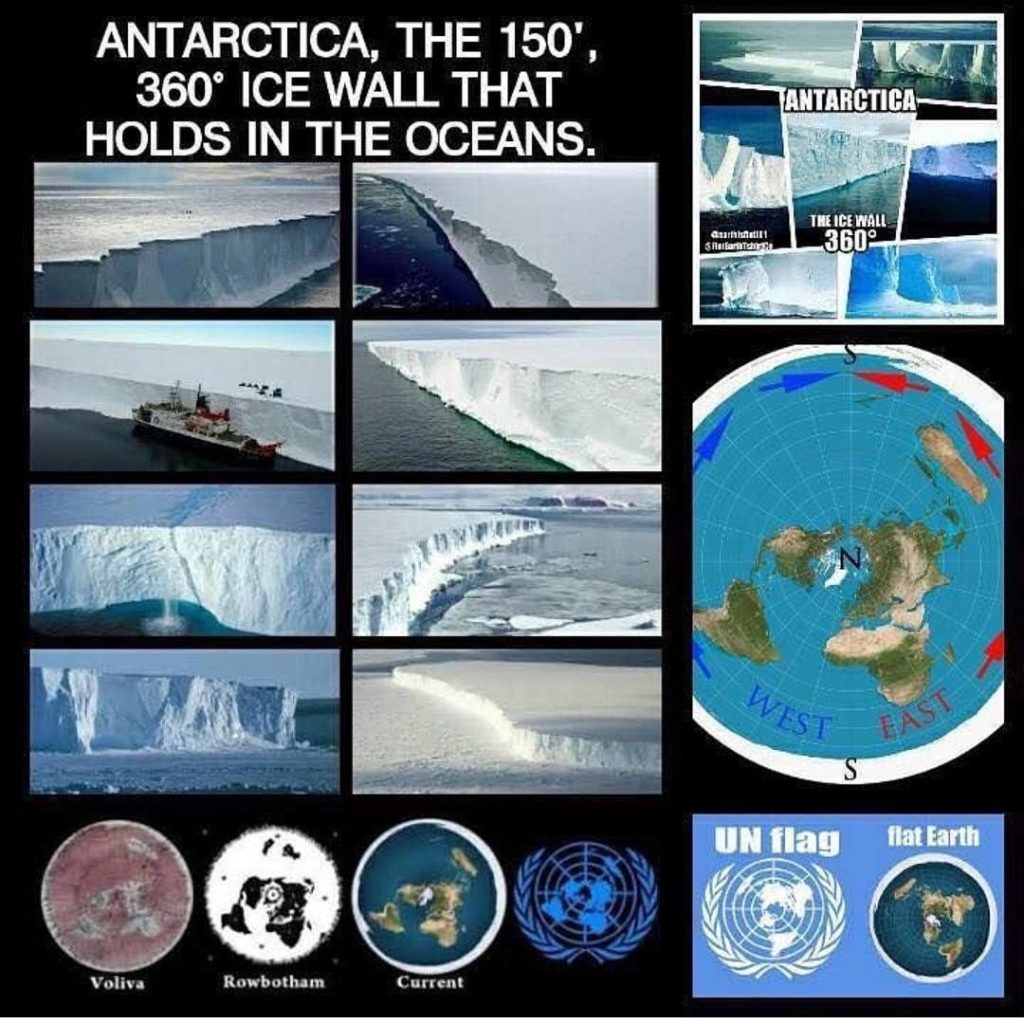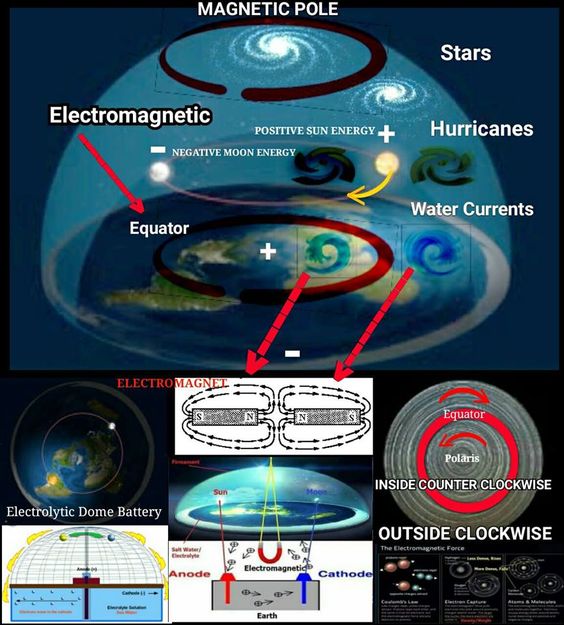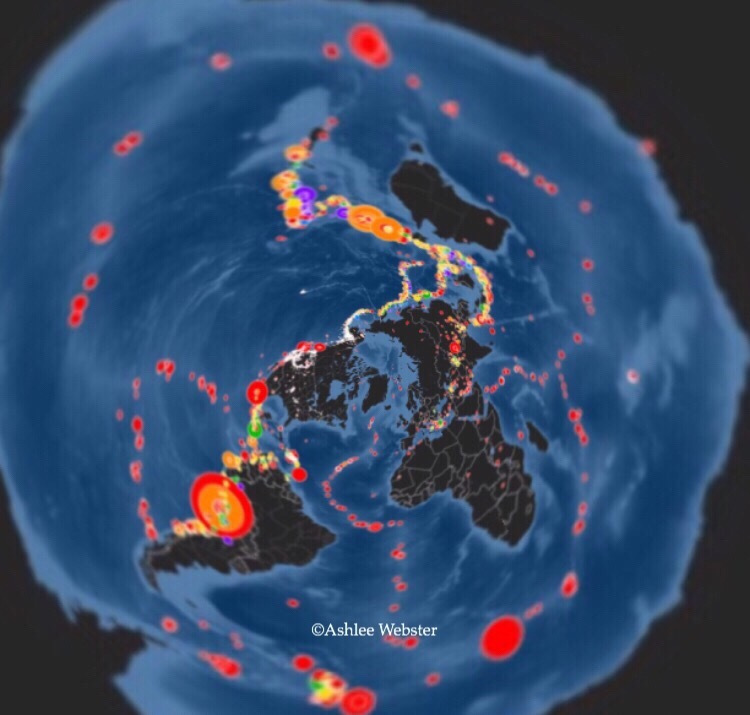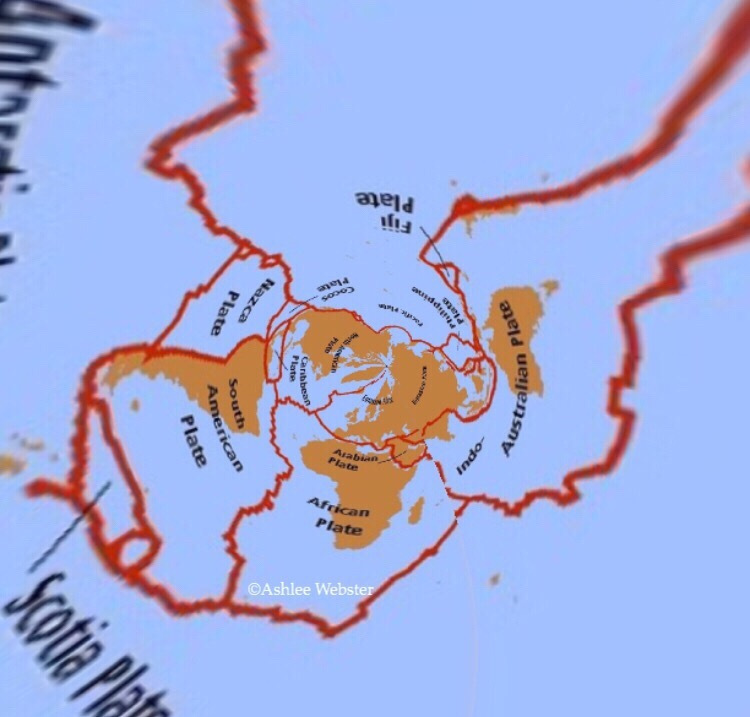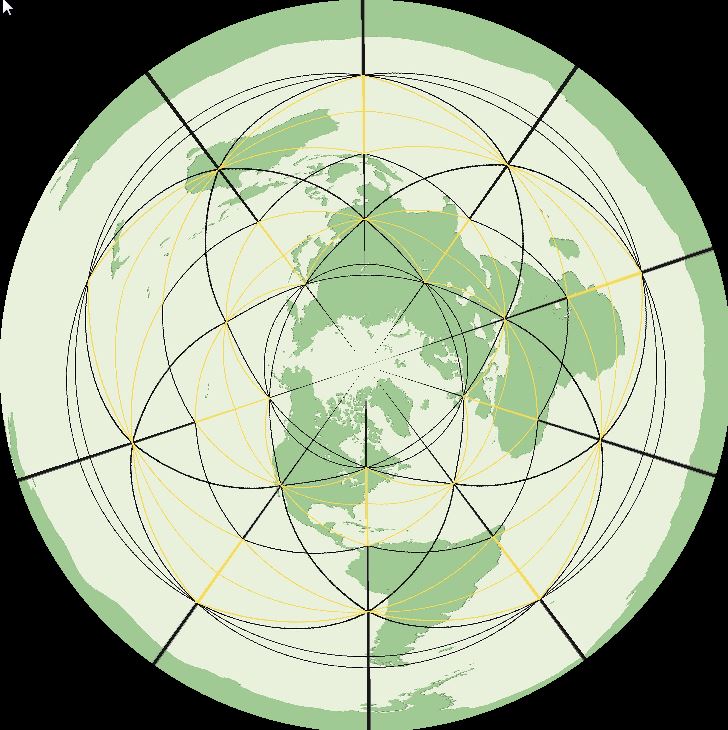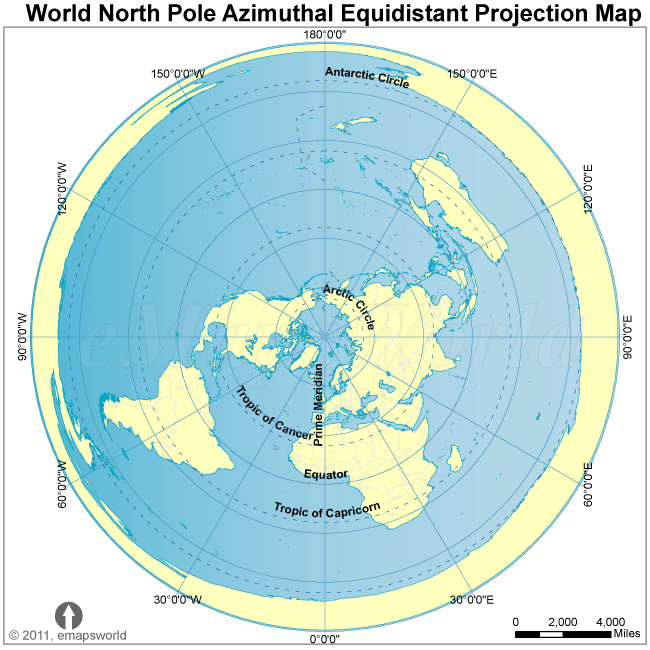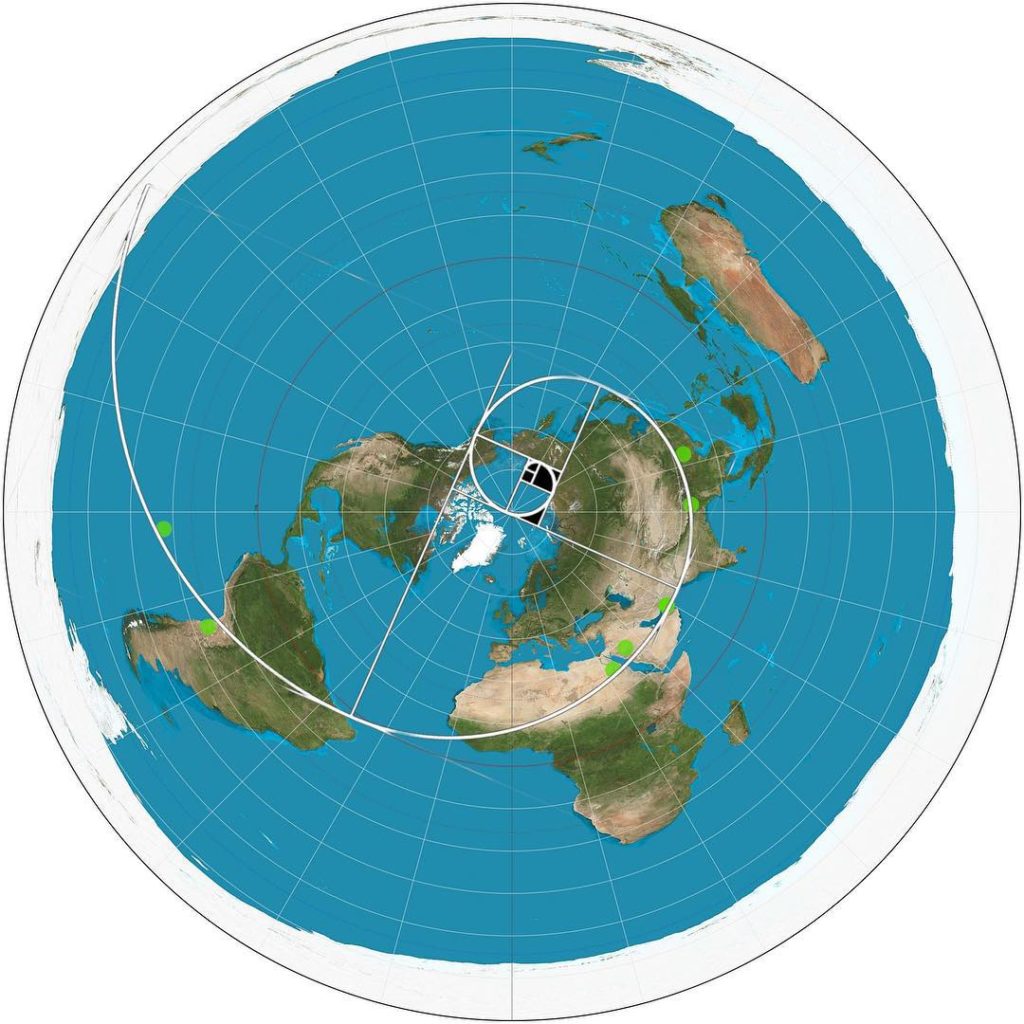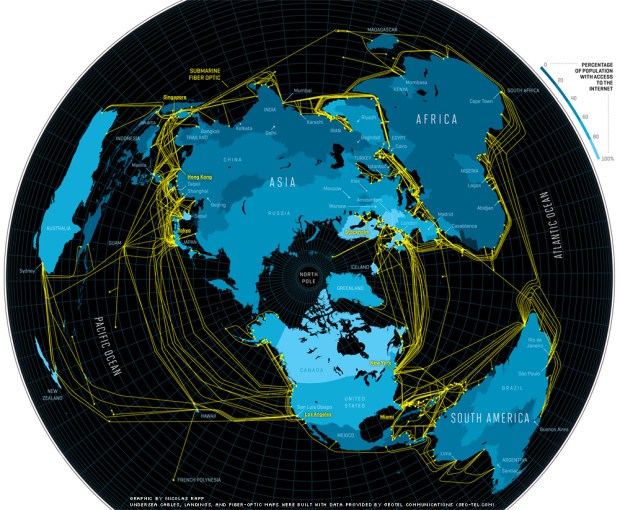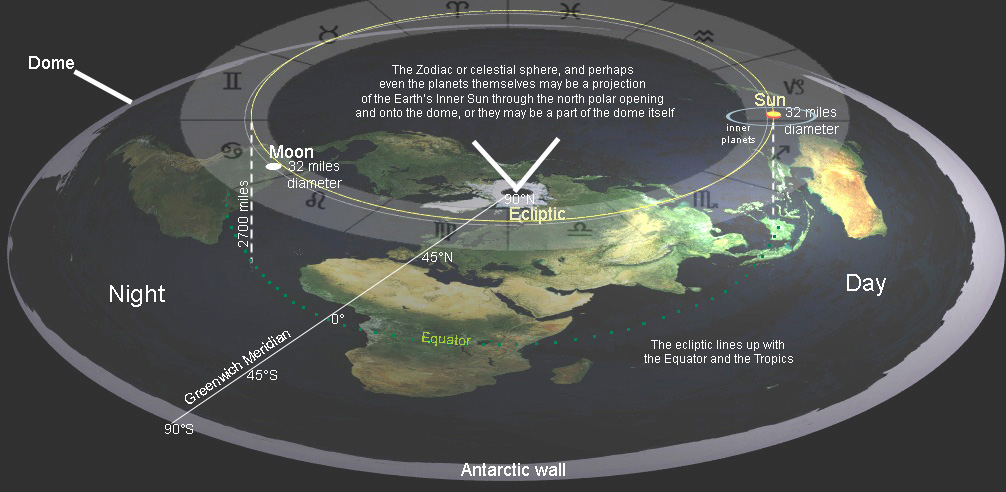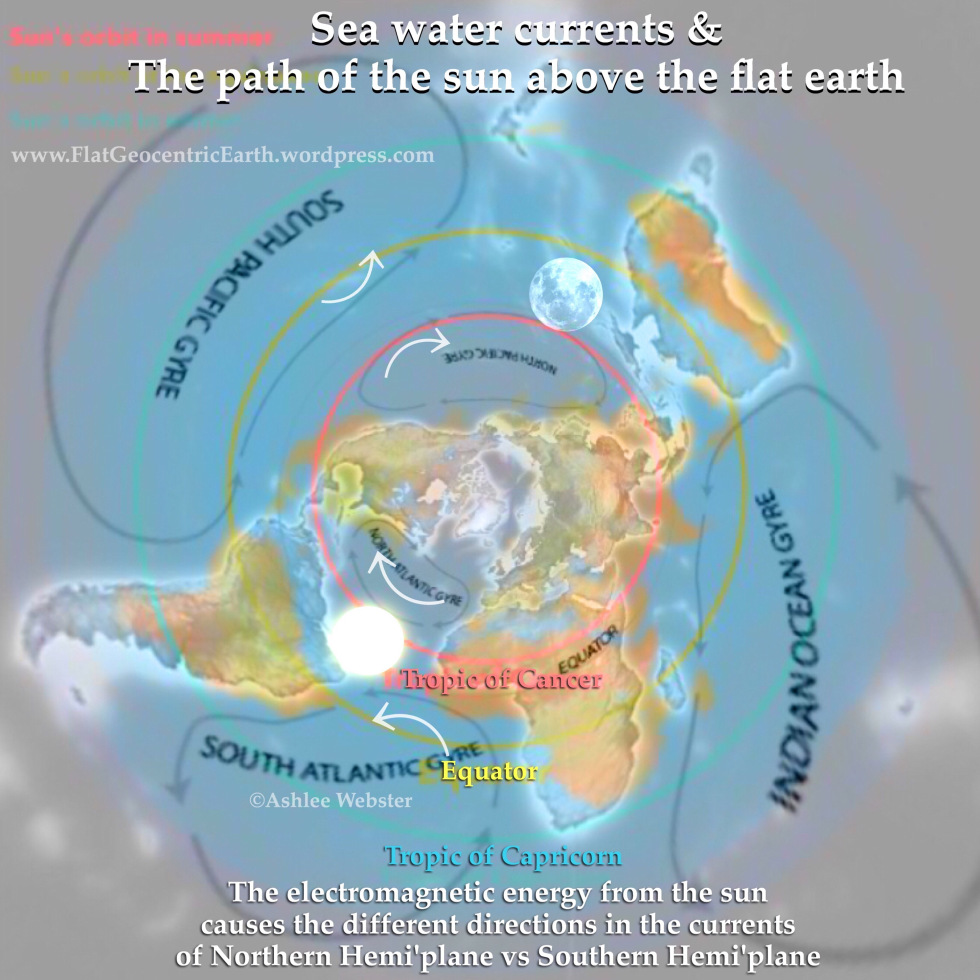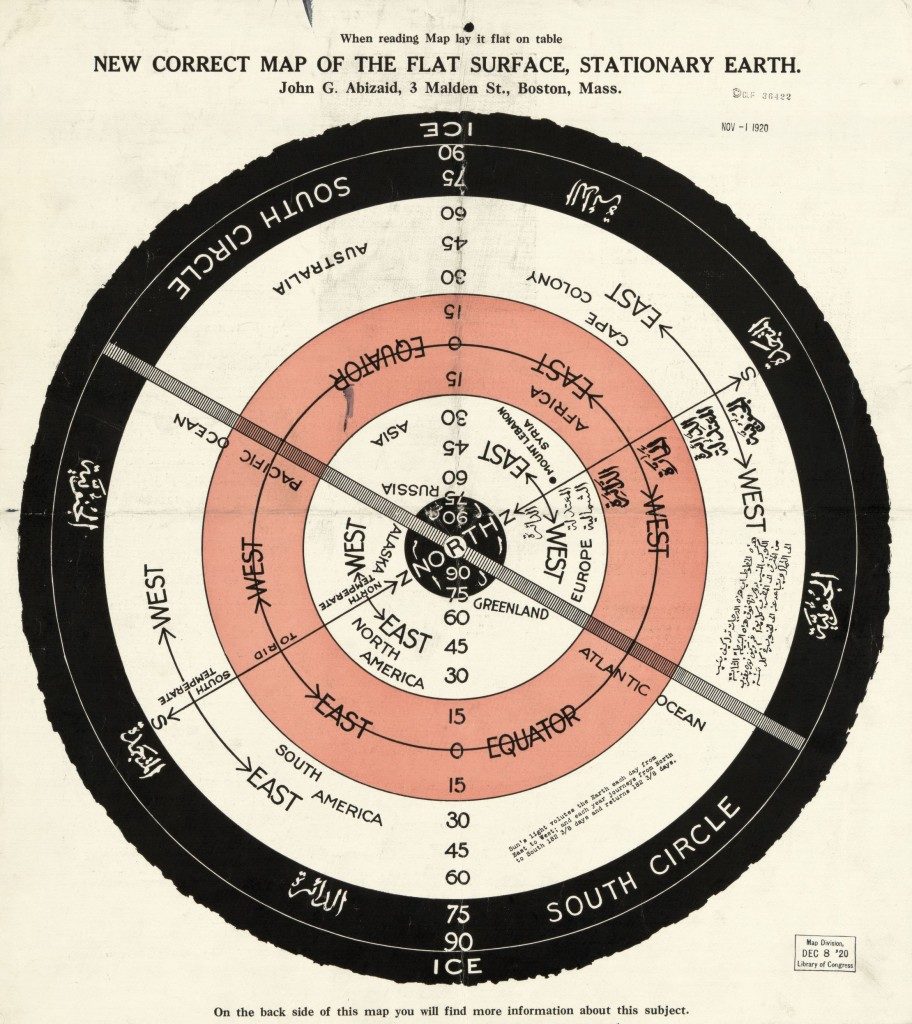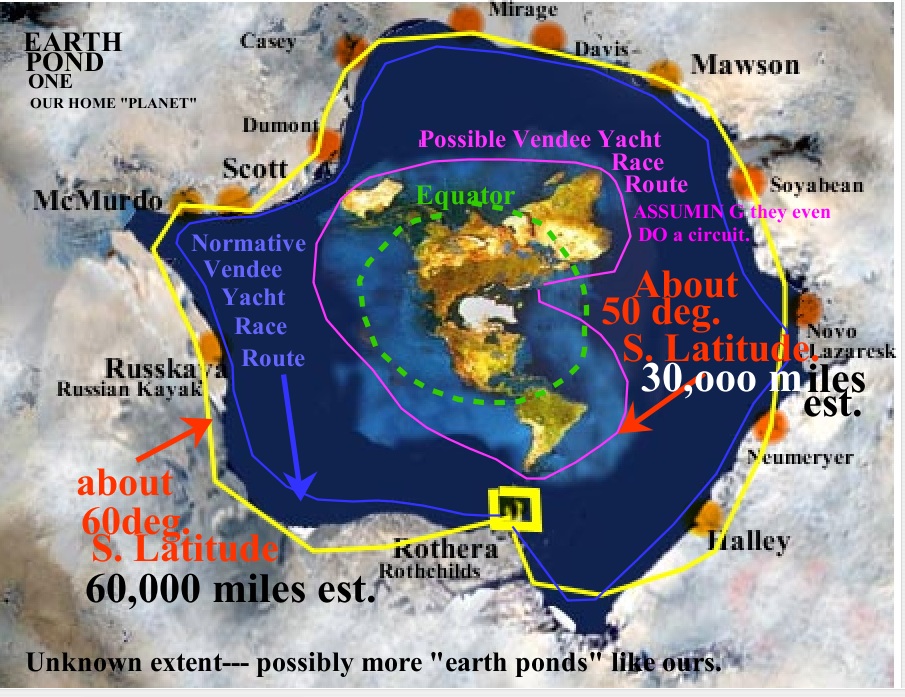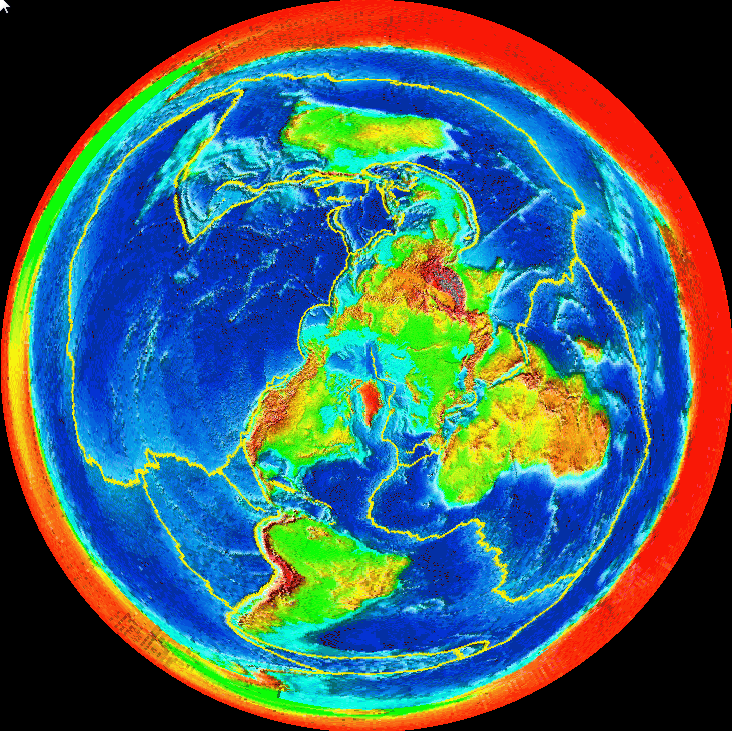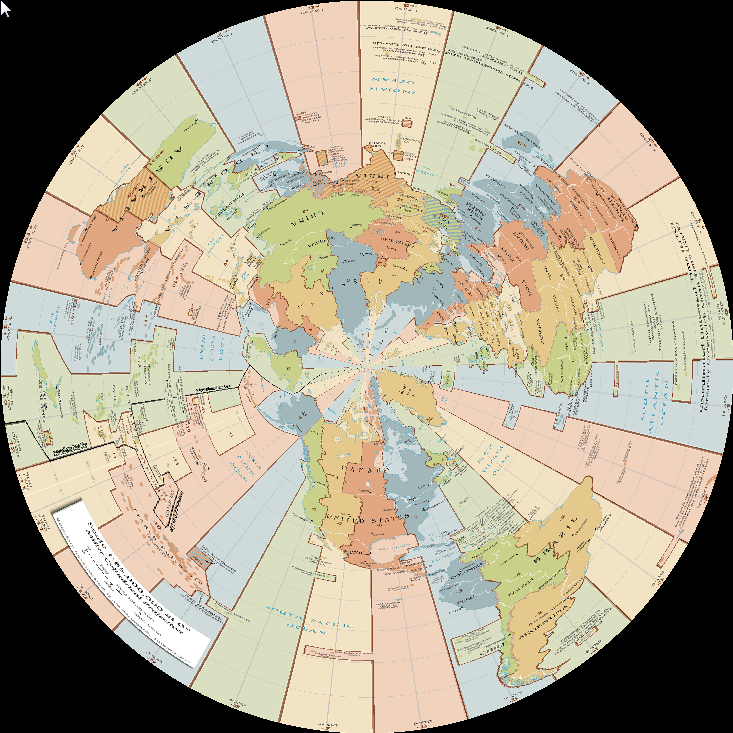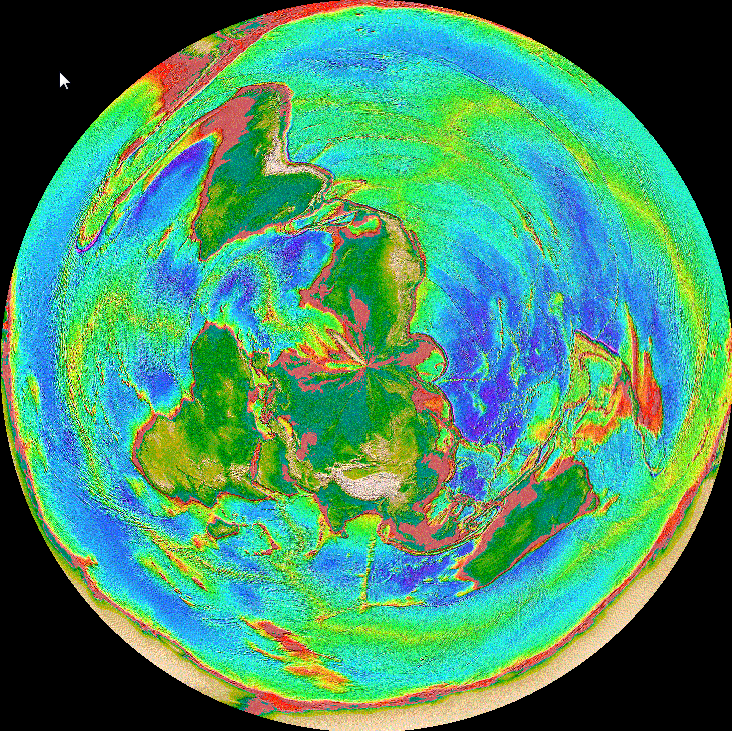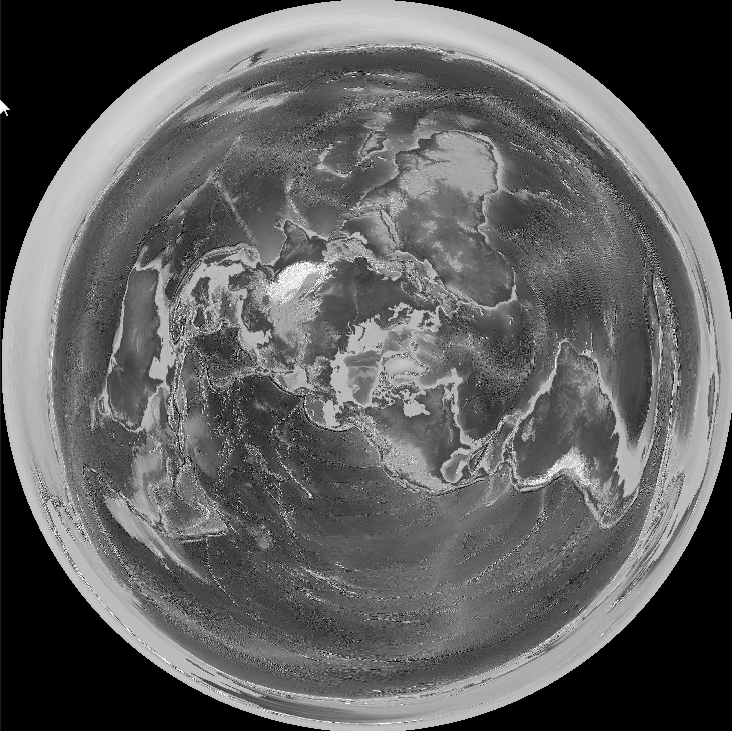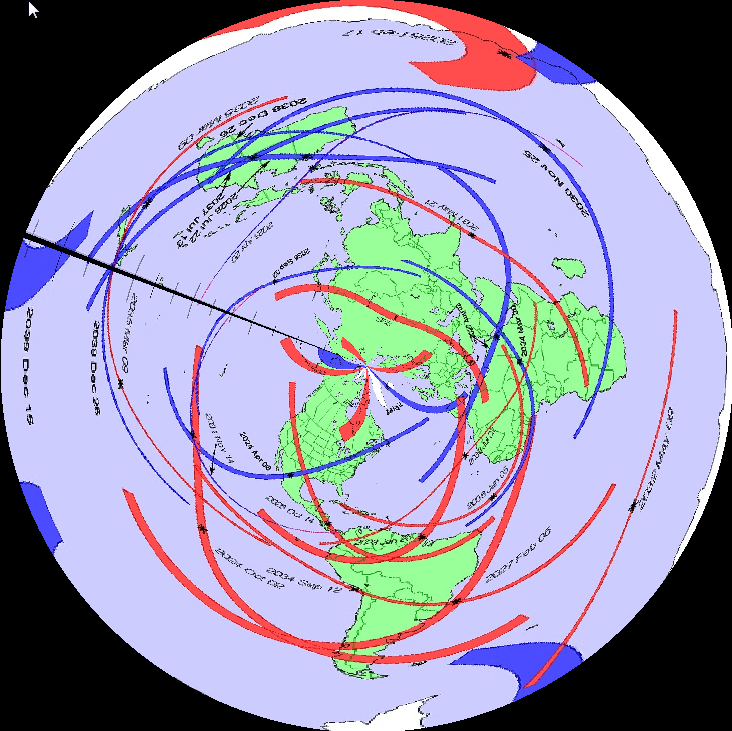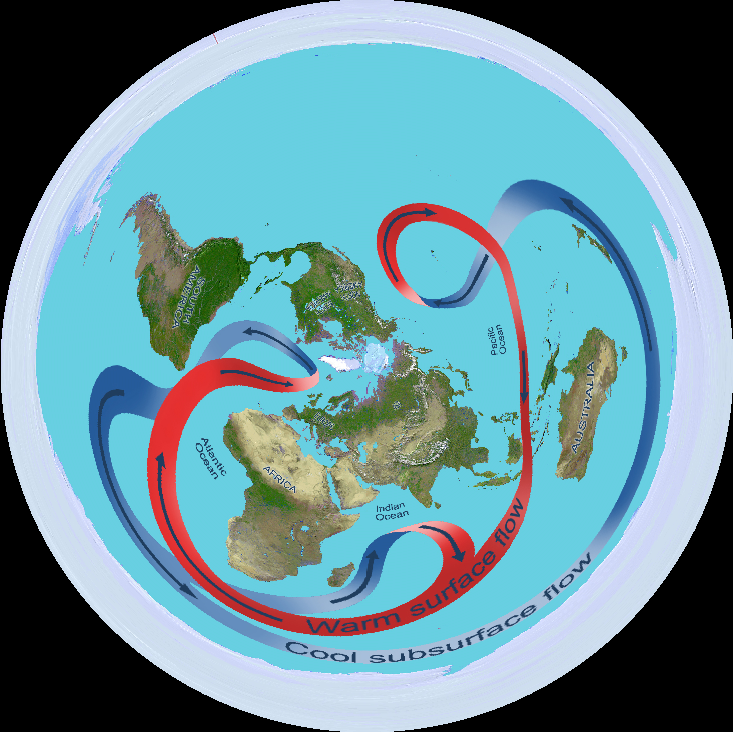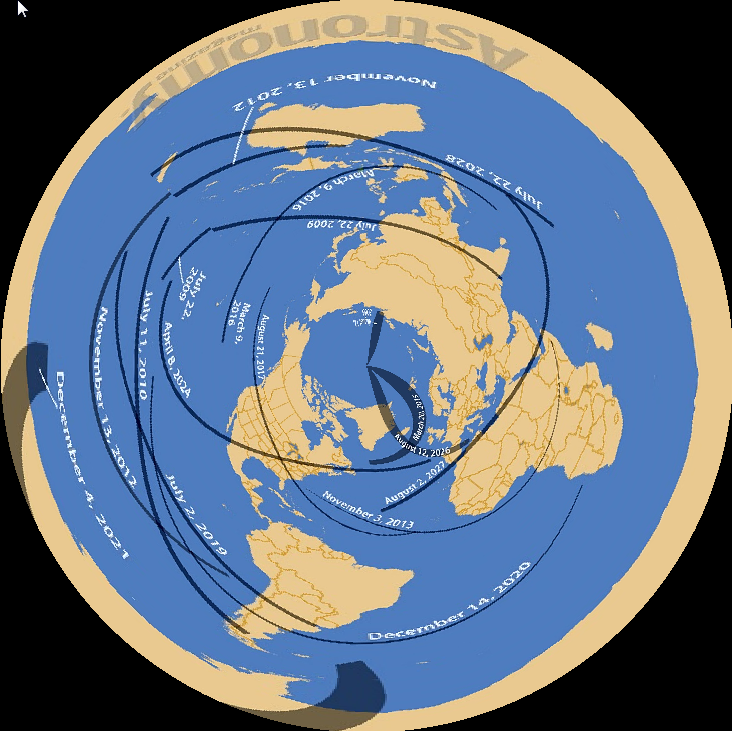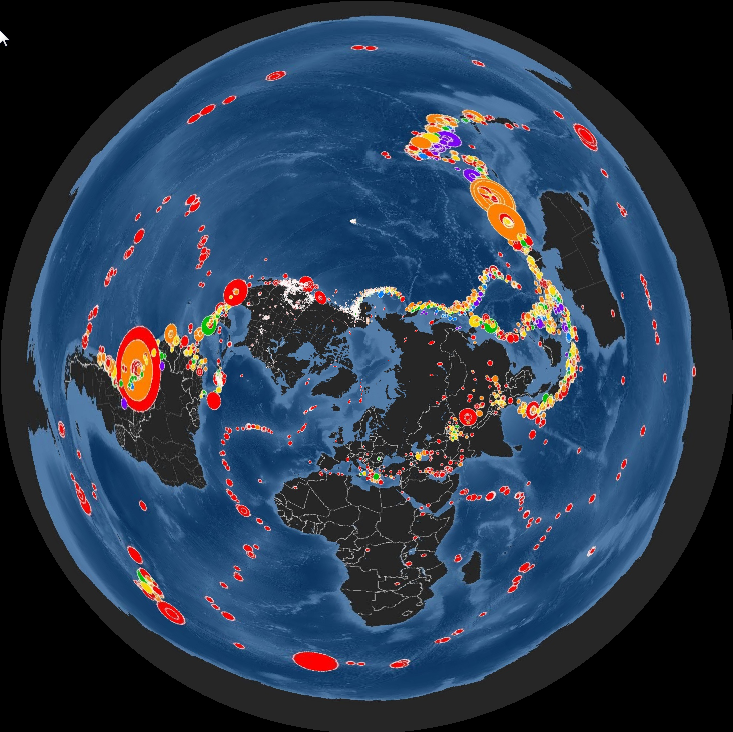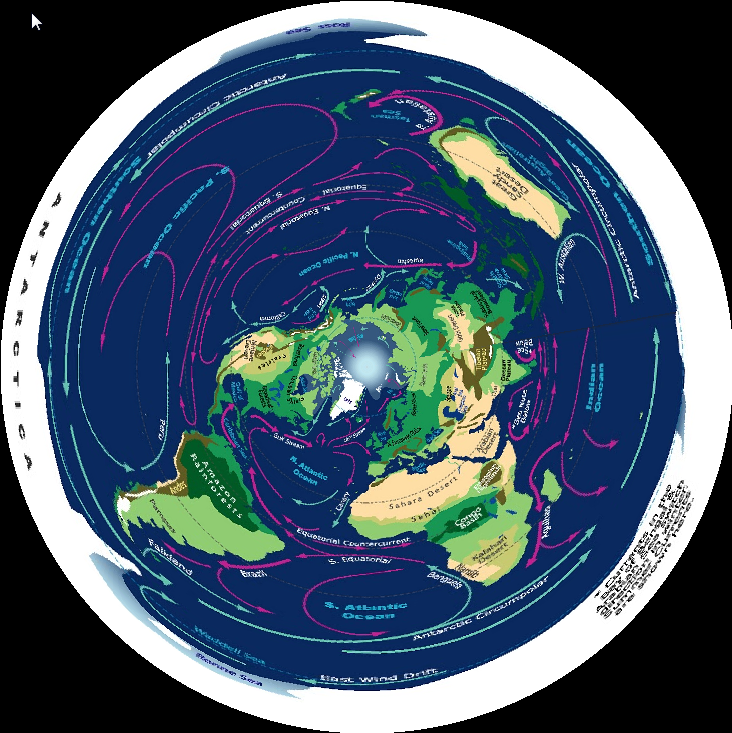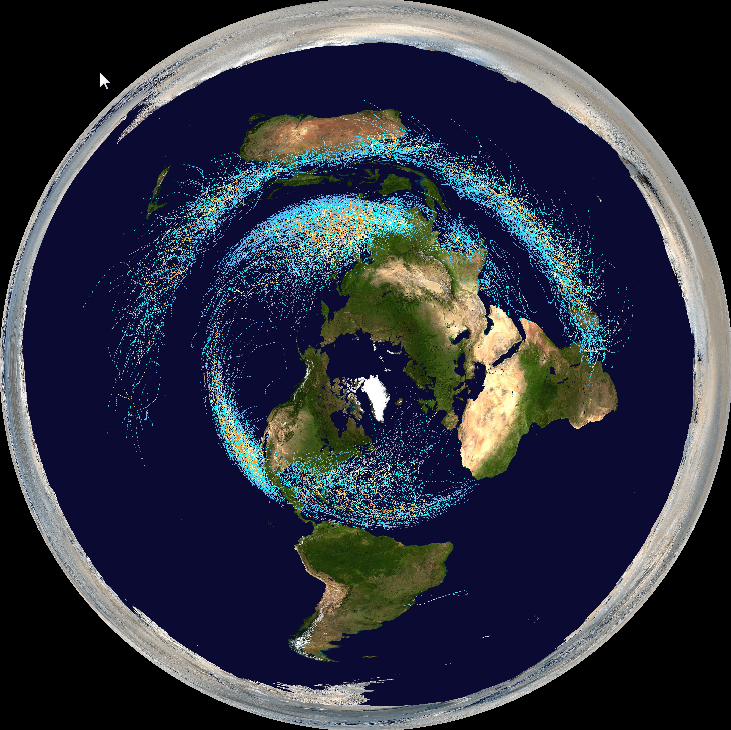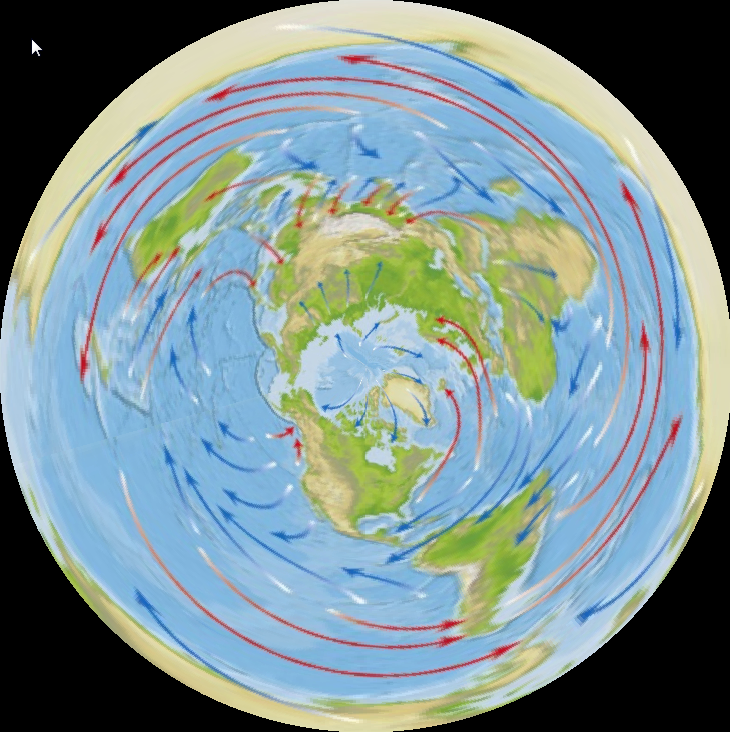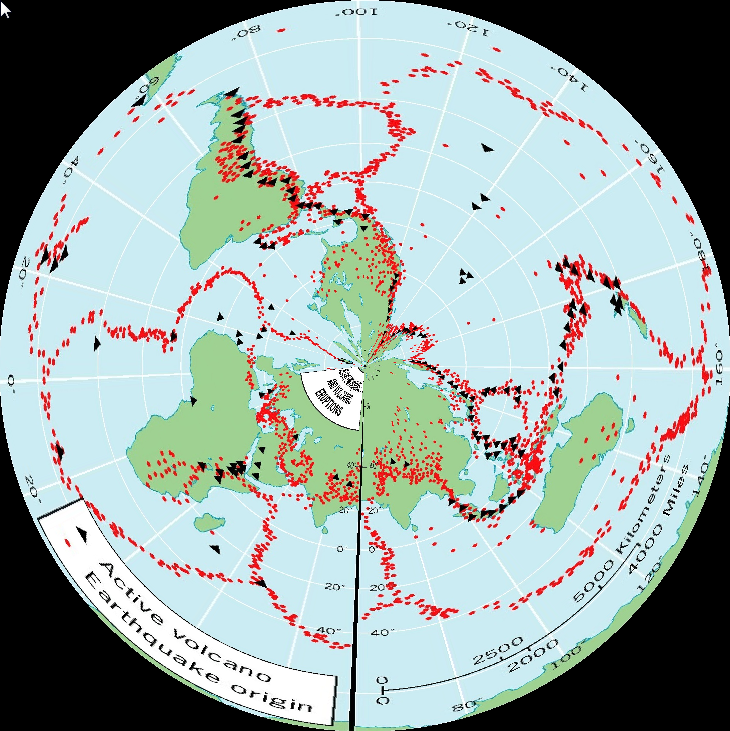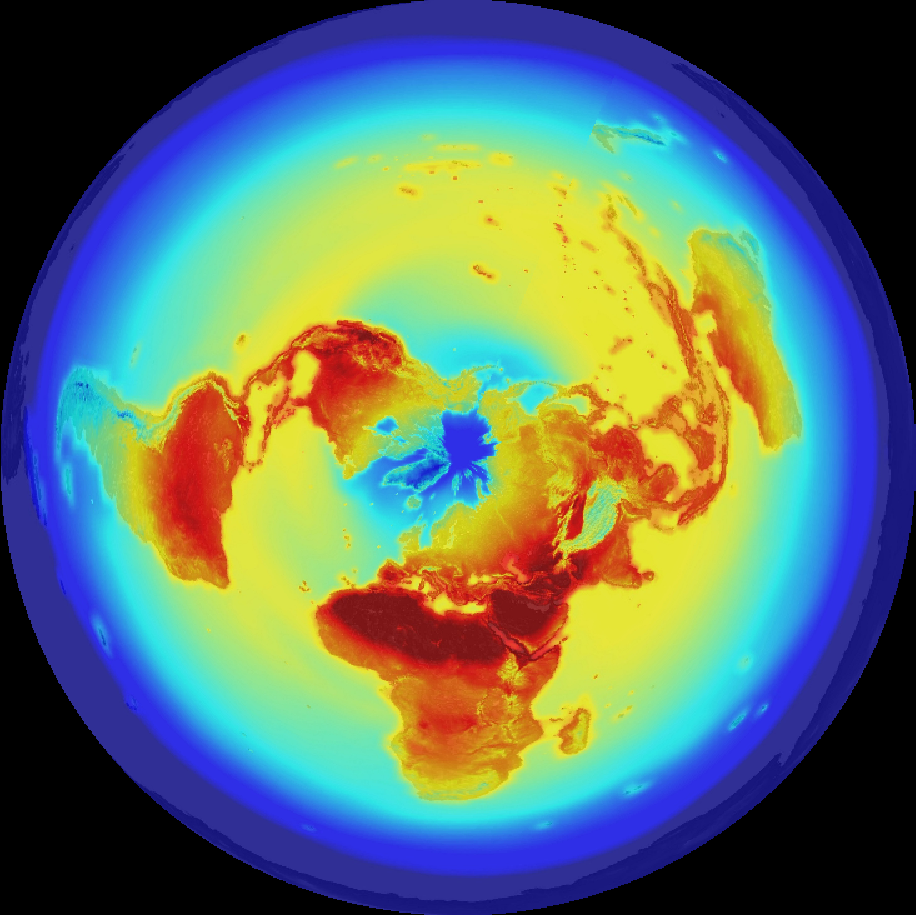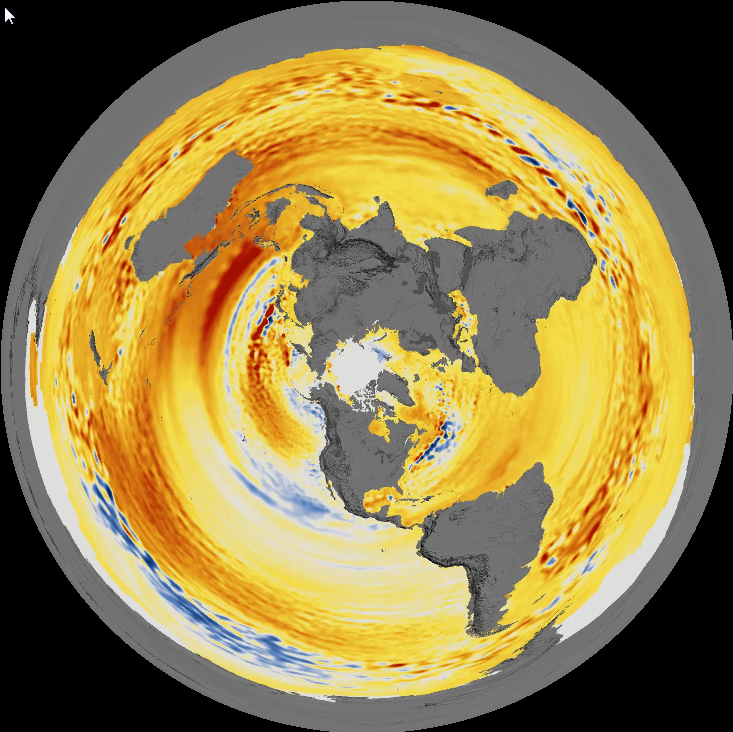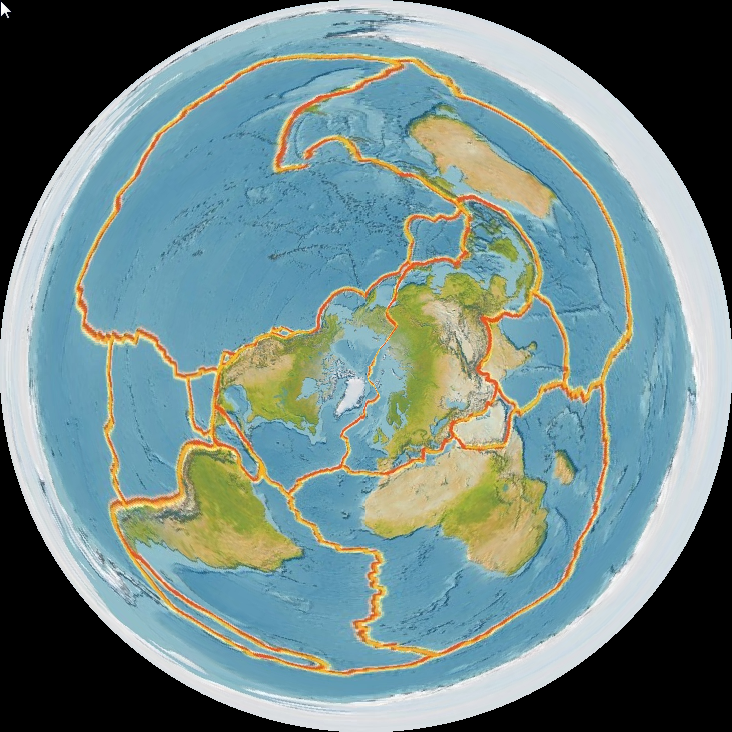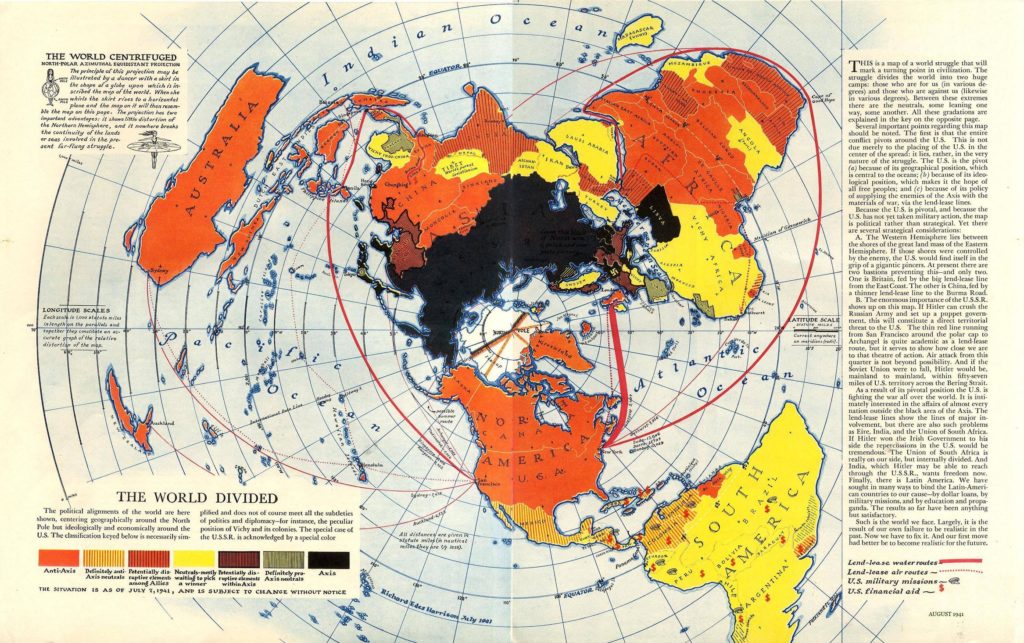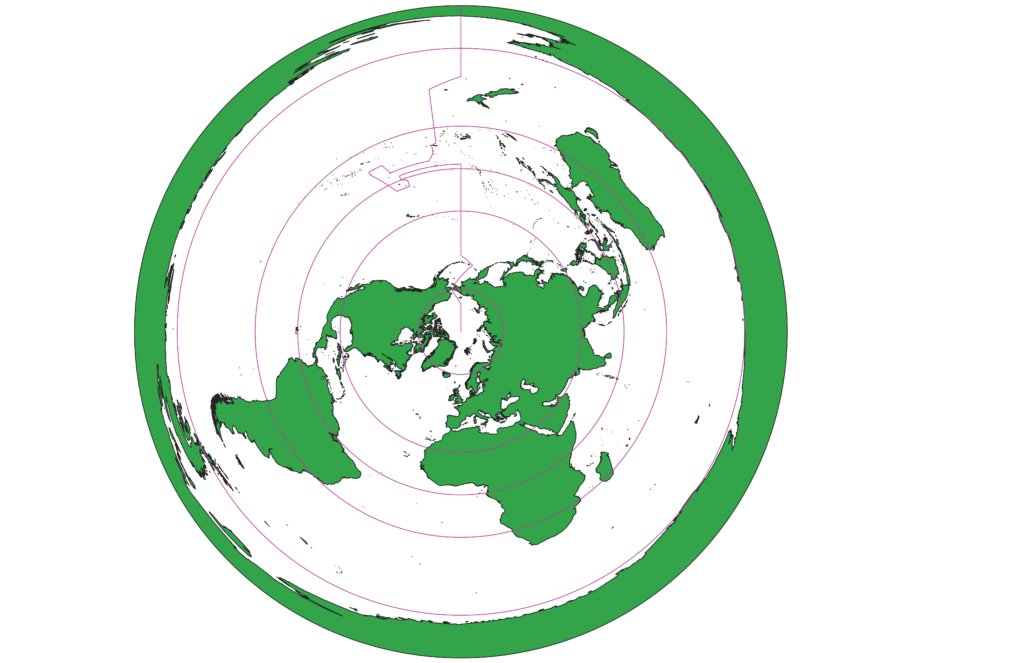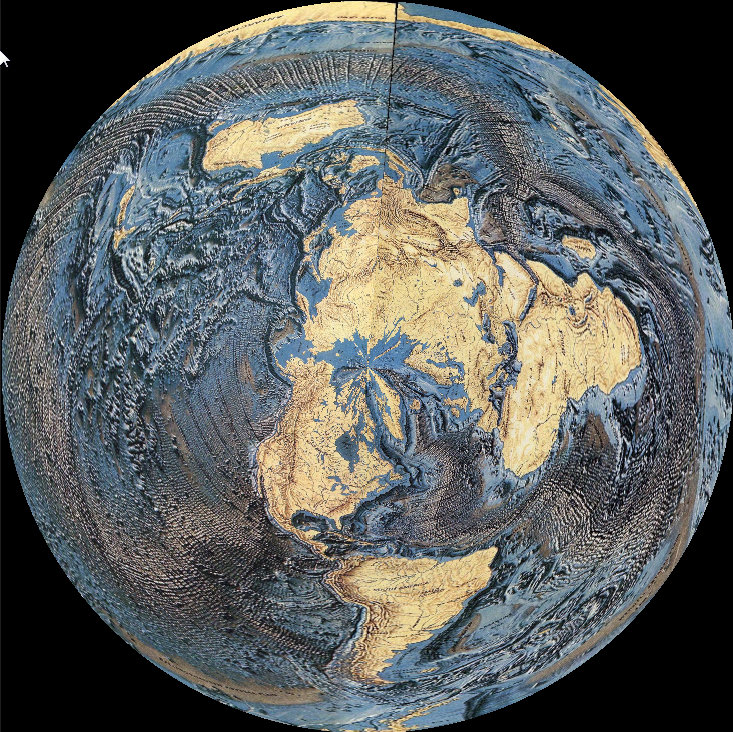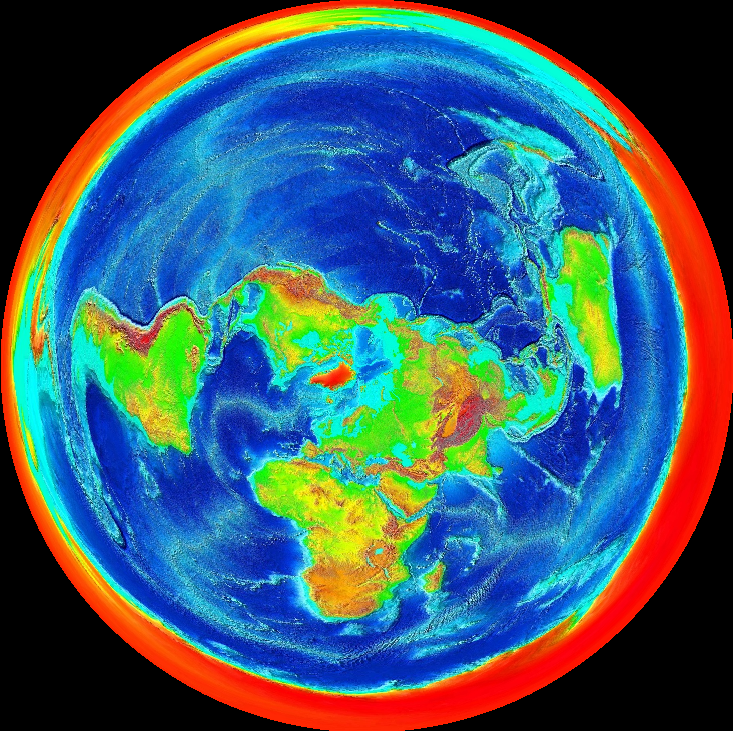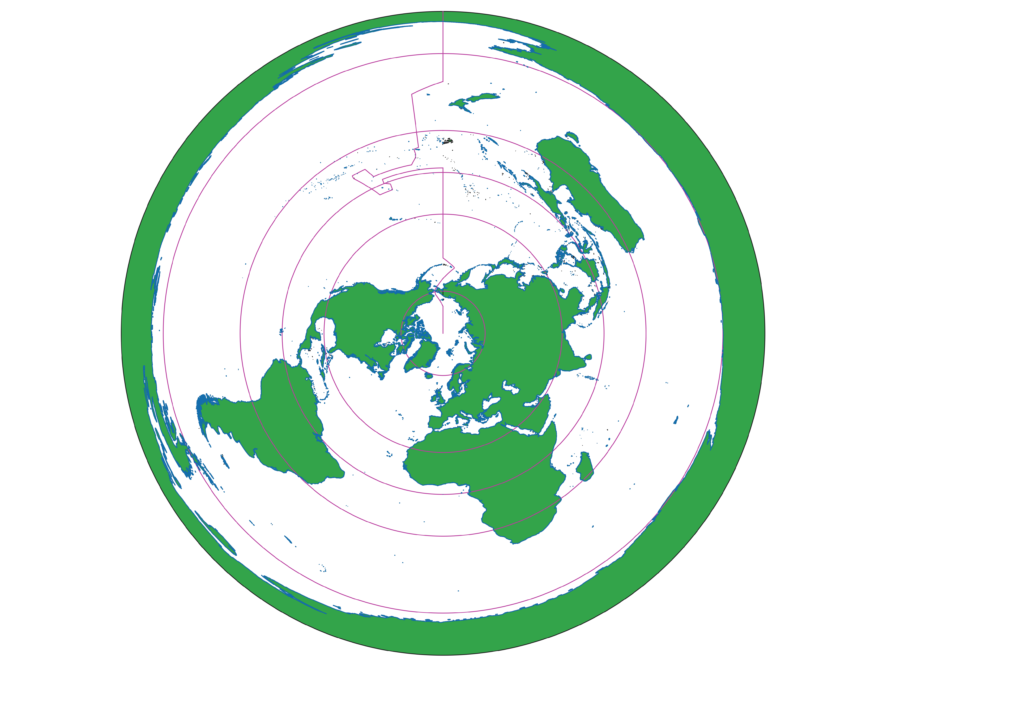As seen in the diagrams above, the earth is in the form of a disk with the North Pole in the center and Antarctica as a wall around the edge. This is the generally accepted model among members of the society. In this model, circumnavigation is performed by moving in a great circle around the North Pole.
The earth is surrounded on all sides by an ice wall that holds the oceans back. This ice wall is what explorers have named Antarctica. Beyond the ice wall is a topic of great interest to the Flat Earth Society. To our knowledge, no one has been very far past the ice wall and returned to tell of their journey. What we do know is that it encircles the earth and serves to hold in our oceans and helps protect us from whatever lies beyond.
Here is picture of a proposed, but certainly not definitive, flat earth. Other maps representing various Flat Earth models can be found on our Flat Earth Maps page.
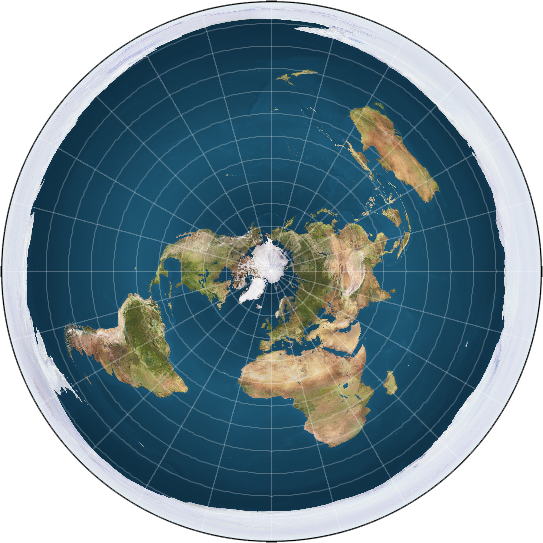
How do you explain day/night cycles and seasons?
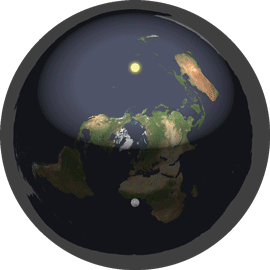
A simplified animation of the day/night cycle in FET over the course of 24 hours. Note that, in actuality, the lunar cycle is slightly slower than the solar cycle
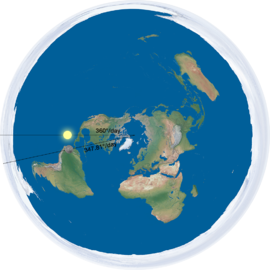
The lunar rotation cycle is about 347.81°/day
Day and night cycles are easily explained on a flat earth. The sun moves in circles around the North Pole. When it is over your head, it’s day. When it’s not, it’s night. The light of the sun is confined to a limited area and its light acts like a spotlight upon the earth. The picture below illustrates how the sun moves and also how seasons work on a flat earth. The apparent effect of the sun rising and setting is usually explained as a perspective effect.
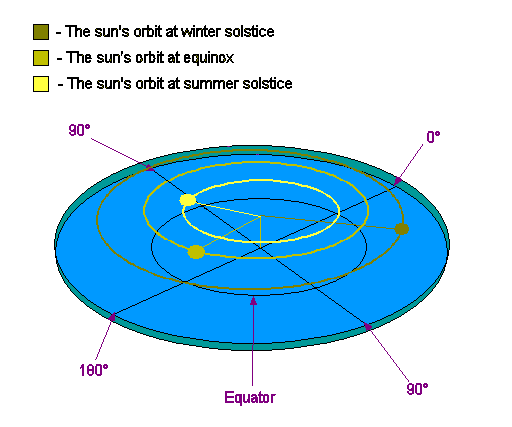
When the sun is further away from the North Pole, it’s winter in the northern hemiplane (or hemisphere) and summer in the south. A more simplistic picture can be found below.
